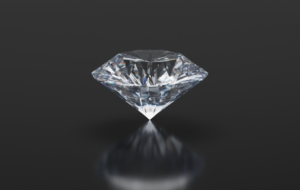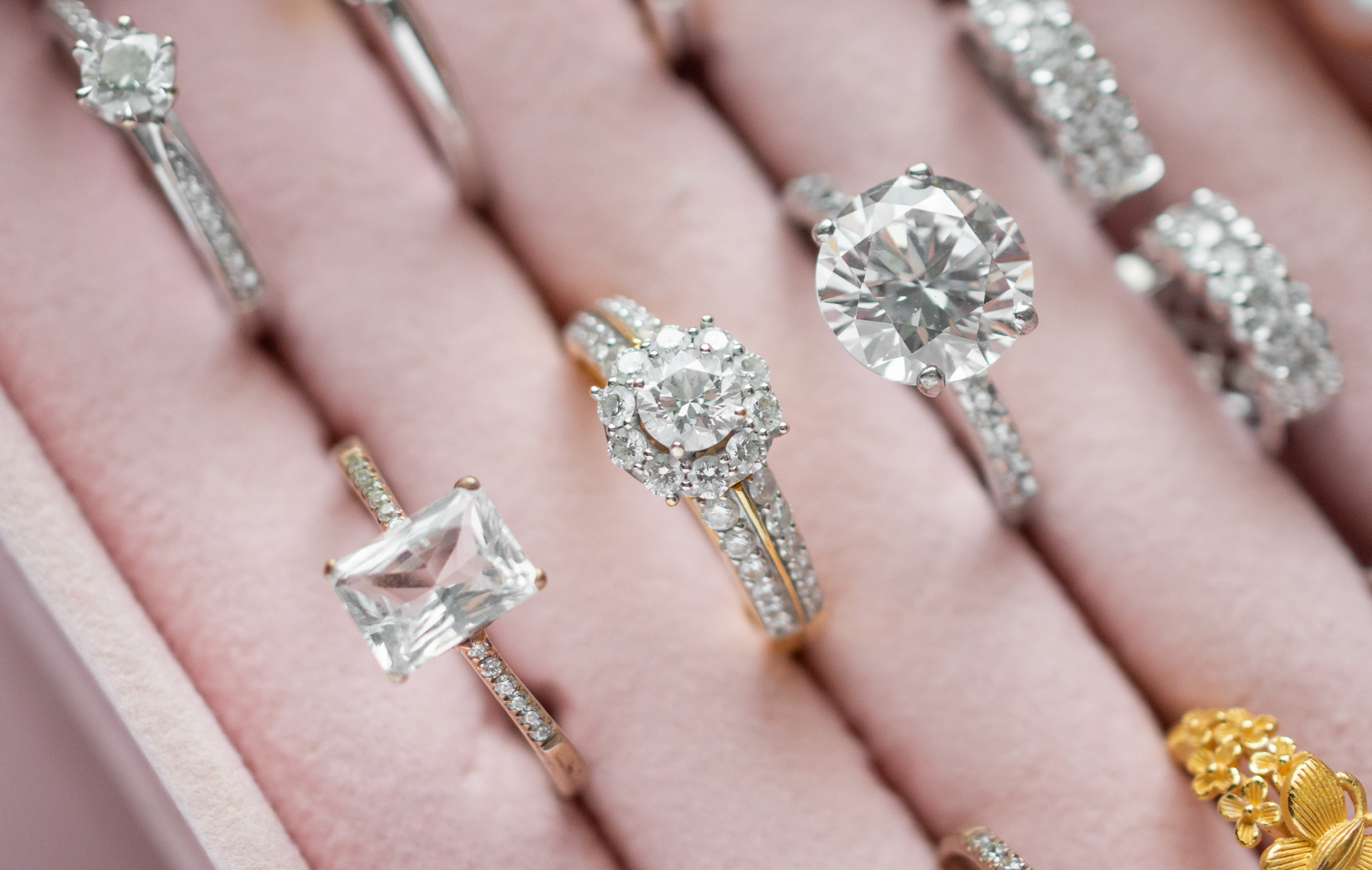You’ve probably heard the word on the street: lab-grown diamonds are here and they may be here to stay. These mesmerizing gems are cultivated in the controlled environments of science labs rather than unearthed from the depths of Mother Earth, and guess what? These sparkling beauties stand the test of authenticity. Yes, you heard it right. With a carbon structure nearly identical to their naturally mined counterparts, lab-grown diamonds exude remarkable genuineness.
In recent years, these marvels of modern technology have captured the spotlight, emerging as the shining stars adorning engagement rings and wedding bands. Just how significant is this trend, you ask? Well, according to Allied Market Research, the market for lab-grown diamonds soared to a staggering $22.3 billion in 2021 and is projected to double, reaching an impressive $55.6 billion by 2031. This surge owes much to advancements in production techniques and a growing preference for these alternative gems. So lab-Grown Diamonds vs. Natural Diamonds, which one is the one to get? Let’s dive deeper into that question and find out.
How Lab-Grown Diamonds Take Shape
But how does one conjure a diamond in the lab? It’s all about replicating the natural processes that occur deep within the earth. Scientists employ two primary methods: High Pressure High Temperature (HPHT) and Chemical Vapor Deposition (CVD).
The HPHT process entails subjecting a diamond seed nestled in a bed of carbon to intense temperatures and pressures, akin to a scene from a superhero comic. The carbon melts and envelops the seed, giving rise to a diamond. Conversely, the CVD method involves placing a diamond seed in a chamber filled with a carbon-rich gas, where carbon atoms crystallize layer by layer, eventually forming a diamond.

Distinguishing Lab-Grown Diamonds
Lab-grown diamonds possess the same physical, chemical, and optical properties as their mined counterparts, making them indistinguishable to the naked eye. Traditional tests like thermal conductivity and refractive index are insufficient in discerning between natural and lab-grown diamonds. Enter advanced testing techniques, such as infrared spectroscopy and laser inscription, which unveil subtle differences in growth patterns and inclusions, offering insights into a diamond’s origin.
Certifications: Ensuring Transparency and Confidence
Despite the sophistication of testing methods, professional expertise remains paramount. Diamond certifications, provided by reputable institutions like the Gemological Institute of America (GIA) and the American Gem Society (AGS), offer a thorough analysis of a diamond’s characteristics, including cut, color, clarity, and carat weight. For lab-grown diamonds, these certificates also confirm their synthetic origin, ensuring transparency in the diamond market.
Your Metro-Detroit Destination for Superior Lab-Grown and Natural Diamonds: Diamond Castle Jewelers
Ready to embrace the brilliance of lab-grown diamonds? Or maybe you’re not sure which route you want to go and are still considering natural diamonds as your engagement ring go-to? Look no further than Diamond Castle Jewelers. Explore our stunning collections, from engagement rings to loose diamonds, we are here to help you along for the whole ride. Schedule a consultation at our Novi or Downtown Plymouth showroom today.




